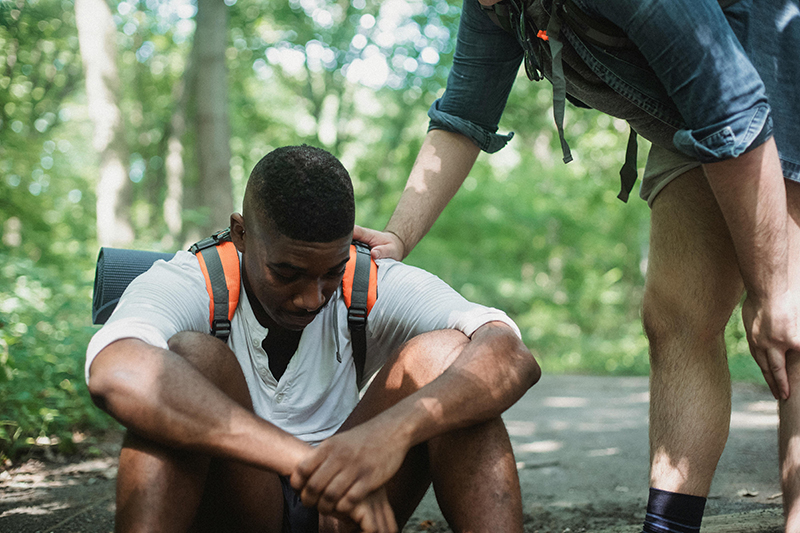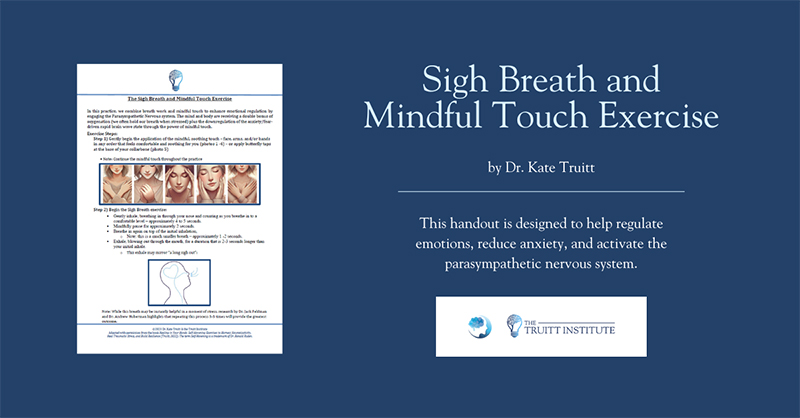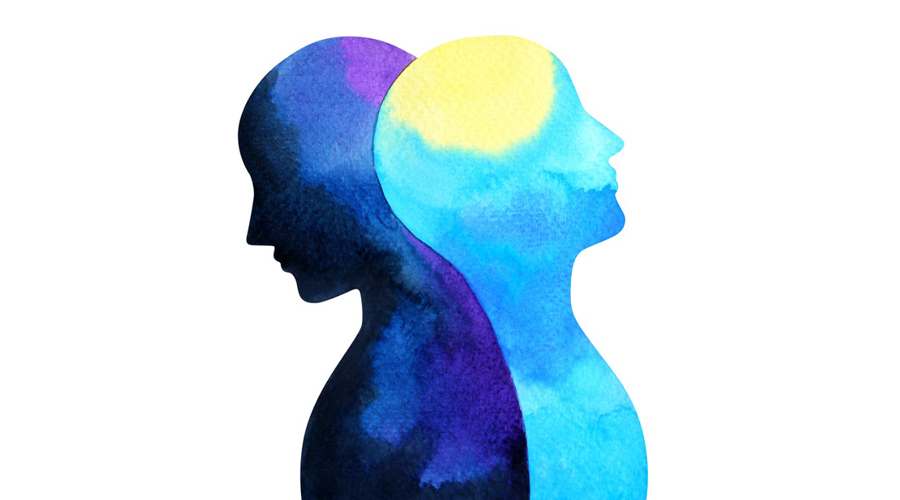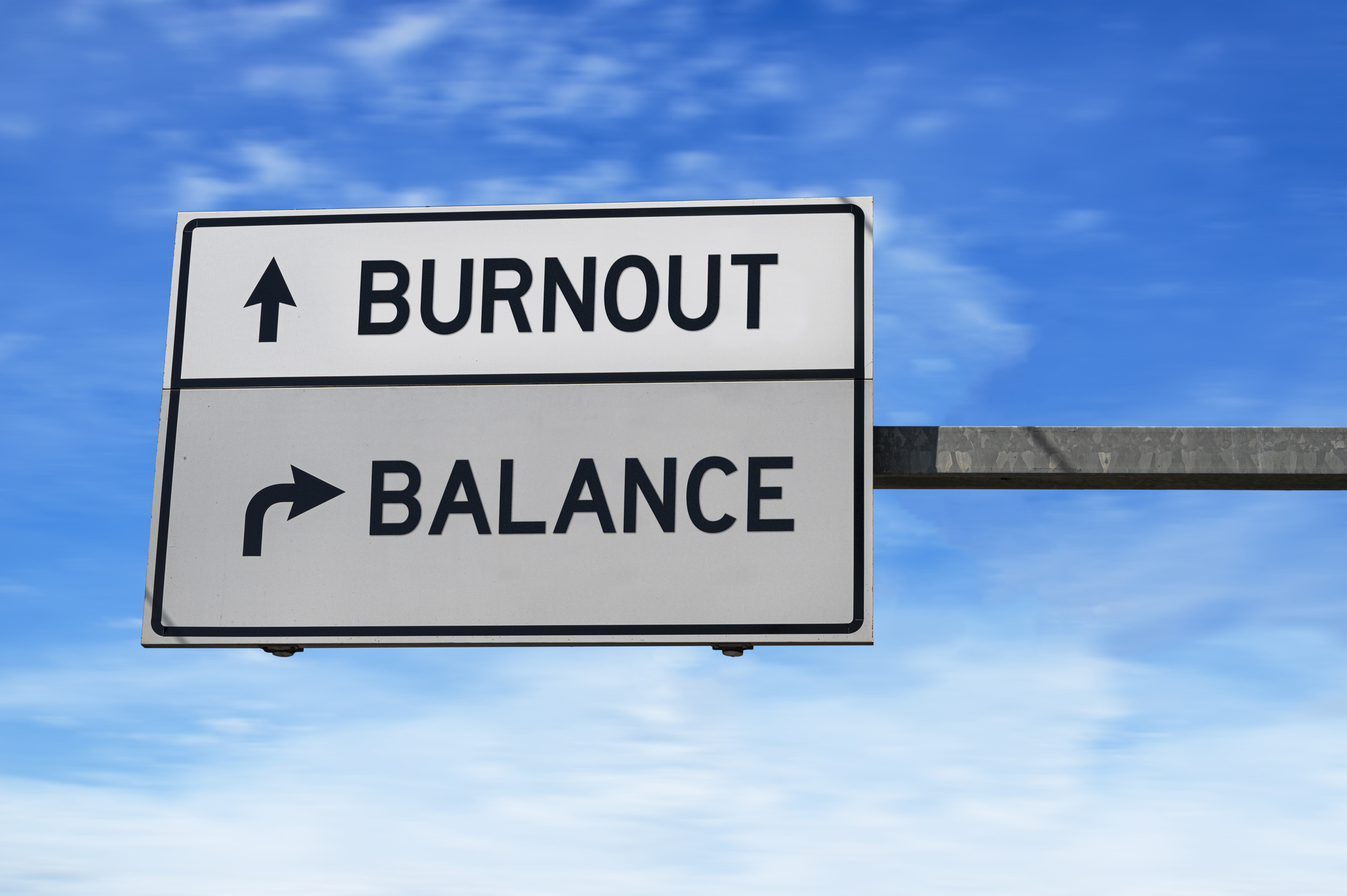Building a Resilient Mindset: Thriving Through Change and Uncertainty
By Dr. Kate Truitt
“Between stimulus and response, there is a space. In that space lies our power to choose our response. In our response lies our growth and freedom.” – Viktor Frankl
As the calendar turns to a new year, we find ourselves standing in that space Frankl so eloquently describes—a moment ripe with possibility. The new year offers a fresh canvas for transformation, an opportunity to reflect, recalibrate, and chart a course toward personal growth.
But change, even when welcomed, can feel uncertain and overwhelming. Life’s transitions often come with challenges that test our capacity to adapt. Yet, in these moments of uncertainty, our most profound opportunities for resilience emerge.
Neuroscience reveals something extraordinary: our brains are not static. Through neuroplasticity, the brain has an incredible ability to rewire itself, adapt, and grow. Every thought, choice, and action creates new pathways, laying the foundation for a resilient mindset. In this video, I dive deeper into neuroplasticity and how you can harness it to create personal empowerment.
By partnering with your brain, you can navigate change with clarity and confidence, transforming uncertainty into a springboard for growth. I invite you to explore with me practical tools and insights to help you embrace the inevitable ups and downs of life. Together, we will uncover how thriving isn’t just a possibility. It’s a choice we make, one breath at a time.
Let’s enter this year with intention, courage, and the knowledge that resilience is not just within reach. It’s already within us.
What Is Resilience
Resilience is the ability to bounce back from life’s challenges and adapt positively in adversity. It’s not about avoiding difficulty but how we respond when it arises. Whether facing personal struggles, professional challenges, or an uncertain world, resilience enables you to recover and grow stronger.
A common misconception is that resilience is something you’re either born with or not. In reality, resilience isn’t an innate trait. It’s a skill, like any other, that can be cultivated and strengthened with intentional practice. This is empowering because it means that you can build a more resilient mindset no matter where you are in your journey.
Resilience is deeply rooted in neuroscience. At the heart of resilience lies the brain’s ability to rewire itself—a process known as neuroplasticity. Neuroplasticity means that your brain constantly changes, creating new neural pathways based on your thoughts, experiences, and actions. This is why your choices today can shape how you respond to challenges tomorrow.

One key player in resilience is your amygdala, or as I like to call her, “Amy.” Amy is your brain’s tireless protector, always scanning your environment for potential threats. She’s vital for keeping you safe, but here’s the catch: Amy isn’t always great at distinguishing between real dangers and everyday stressors. A deadline at work or a difficult conversation with a loved one might trigger Amy just as intensely as a life-threatening situation.
When Amy takes over, it can feel like your emotions are running the show. However, the good news is that with intentional techniques, you can calm Amy down, engage your thinking brain, and respond to stress in healthier, more resilient ways.
Change and uncertainty are a part of life, but they don’t have to derail you. Resilience equips you with the tools to navigate these transitions with confidence and clarity. Evidence-based techniques, such as breathing techniques and mindfulness touch, can help you stay grounded, even when the ground feels shaky. By embracing uncertainty and seeing change as an opportunity for growth, you can transform life’s challenges into stepping stones toward a stronger, more empowered you.
How To Harness the Brain Partnership
Resilience thrives when we recognize that our brain isn’t just a reactive organ. It’s a collaborative partner in shaping how we respond to the world. By working with our brain instead of against it, we can cultivate calm, clarity, and strength, even in times of uncertainty. This brain partnership is the cornerstone of building resilience.
Strengthening the Brain-Body Connection
The mind and body are deeply connected, forming a dynamic partnership that shapes our emotional well-being. When we engage in intentional practices that connect the brain and body, we activate neural pathways that promote resilience and calm.
Practices to Enhance the Brain-Body Connection:
- Mindful Breathing:
- Intentional, deep breaths signal safety to the brain, helping to calm Amy (the amygdala) and bring the thinking brain online.
- Try this: Inhale through your nose for four counts, hold for two, and exhale slowly through your mouth for six. Repeat this for five cycles to ground yourself during stressful moments.
- Movement as Medicine:
- Gentle movement, like stretching, yoga, or a brisk walk, supports emotional regulation by releasing stress and improving brain chemistry.
- Incorporate daily movement to keep your brain engaged in positive, adaptive patterns.
- Body Awareness Exercise:
- Interoception, or tuning into your body’s internal signals, enhances emotional resilience.
- Try this exercise: Sit comfortably, close your eyes, and scan your body from head to toe. Notice sensations like tension, warmth, or stillness. Acknowledge these sensations without judgment, then gently return your focus to your breath.
Building Personal Agency
Resilience isn’t just about weathering storms; it’s about believing that you can influence outcomes, no matter how challenging life becomes. This belief, known as personal agency, empowers you to take ownership of your choices and actions.
Techniques to Strengthen Personal Agency:
- Set Realistic Goals:
- Break large goals into smaller, manageable steps. Celebrate each milestone to reinforce a sense of achievement.
- Reframe Challenges:
- Shift your perspective by asking, “What is this experience teaching me?” This reframe transforms obstacles into opportunities for growth.
- Visualize Success:
- Picture yourself thriving in a situation that once felt daunting. Visualization activates the same brain pathways as real-life success, strengthening your confidence.
- Track Wins, Big and Small:
- Keep a daily log of accomplishments, no matter how minor they seem. Over time, this practice reinforces the belief that you are capable and resilient.
If you want to learn more, in this video , I introduce the basics of building a resilient brain.
I explain how managing reactionary moments before they happen is key and revisit the idea of “neural freeways.” Since our brains often default to stress pathways, intentional redirection is crucial. I also highlight the Resilient Brain Care Program , designed to help you build confidence and strength to navigate stress more effectively.
How To Make 2025 Your Most Resilient Year
- Daily Practices to Foster Resilience
Incorporating simple, intentional routines into your day can have a profound impact on your emotional and mental well-being.
- Gratitude Journaling
- Each day, write down three things you’re grateful for, no matter how small they seem. Gratitude rewires your brain to focus on positivity and builds emotional resilience.
- Intentional Breathwork
- Set aside time to practice deep, mindful breathing. This calms the nervous system and helps you stay grounded during stressful moments.
- Example: Try a 4-7-8 breath pattern: Inhale for four counts, hold for seven, exhale for eight.
I encourage you to explore my free resources, like the Sigh Breath and Mindful Touch Exercise handout. This simple yet powerful tool guides you through intentional breathwork paired with gentle self-soothing techniques to activate your parasympathetic nervous system, reduce stress, and foster resilience. You can download it from here to take the first step toward releasing stress and embracing calm.

- Mindfulness Moments
- Pause throughout the day to notice the present moment. Whether it’s savoring your morning coffee or feeling the sun on your skin, mindfulness anchors you to the here and now.
- Building Connection and Support Systems
Resilience is not a solo journey. Humans are wired for connection, and having a supportive network can make all the difference in navigating life’s uncertainties.
- Strengthen Relationships
- Reach out to loved ones regularly, even if it’s just a quick text or phone call. Connection fosters a sense of safety and belonging.
- Collaborate and Seek Support
- Don’t hesitate to lean on others when needed. Whether it’s a trusted friend, mentor, or therapist, reaching out is a strength, not a weakness.
- Create a Resilience Circle
- Build a small community of like-minded individuals committed to growth and support. This can be a book club, a peer group, or even a virtual space for sharing wins and challenges.
- Creating Space for Growth
To thrive, it’s essential to cultivate both physical and mental environments that inspire and support your personal development.
- Carve Out a Growth Zone
- Dedicate a specific space in your home or office for reflection and growth. This could be a meditation corner, a journaling nook, or a quiet space for deep thinking.
- Visualize Your Preferred Future
- Spend time imagining your ideal future. What does your most resilient, fulfilled self look like? What does a thriving 2025 feel like? Visualization activates the brain’s creative centers, helping you turn dreams into actionable steps.
- Take Small, Consistent Actions
- Break your goals into manageable steps and celebrate every bit of progress. Remember, resilience is built one choice at a time.
Thriving in 2025
As we’ve explored, building resilience is a collaborative effort between you and your brain, a powerful partnership enabling you to adapt, grow, and navigate uncertainty confidently and clearly.
The tools are in your hands, from mindful breathing and gratitude journaling to fostering meaningful connections and creating spaces for growth. Each small, intentional action builds a foundation for a thriving, resilient you.
As you enter this new year, remember that the path to resilience isn’t about perfection. It’s about progress and celebrating each choice, each effort, and each moment where you choose to rise. Change and uncertainty may be constants, but so is your capacity to overcome them. With every breath, every step, and every decision, you are shaping a brighter, more empowered future.
Let 2025 be the year you fully embrace the power of brain partnership and step into the life you were meant to live. Here’s to a year of growth, courage, and thriving through every challenge. Let’s make it a remarkable one together.
Lastly, I invite you to join me in this empowering exercise to build the energy you want to welcome into your life this new year.
Reference
- Foundation for Educational Administration. (2024, May 13). 9 strategies to build resilience through change and uncertainty. FEW. https://www.few.org/2024/05/13/9-strategies-to-build-resilience-through-change-and-uncertainty/
- Muthumariselvam, M. (n.d.). The resilient mindset: How to cultivate strength and flexibility in the face of change and uncertainty. Vocal. https://vocal.media/earth/the-resilient-mindset-how-to-cultivate-strength-and-flexibility-in-the-face-of-change-and-uncertainty
- PositivePsychology.com. (n.d.). 28 mental health activities, worksheets, and discussion starters for adults and students. PositivePsychology.com. https://positivepsychology.com/resilience-activities-exercises/




















